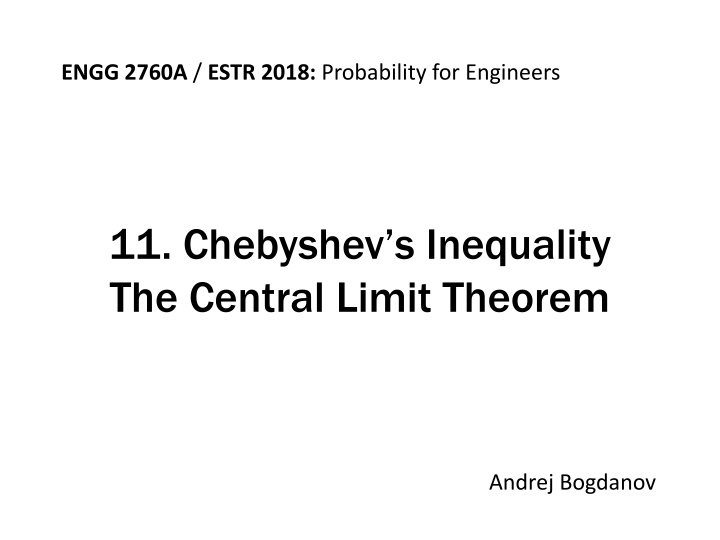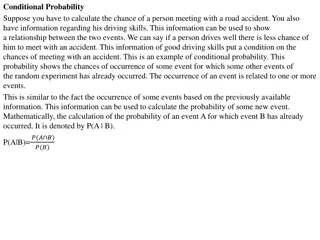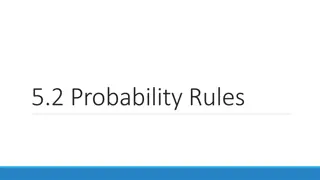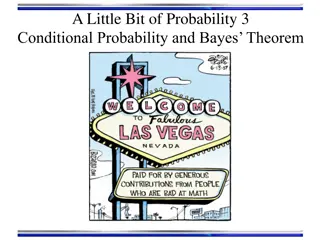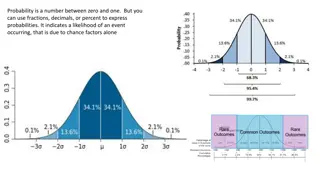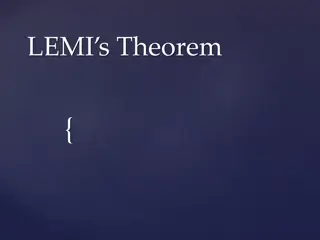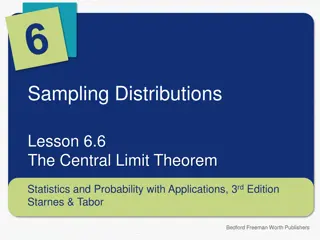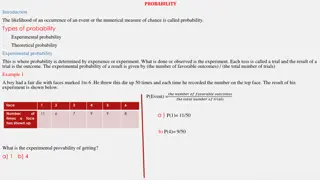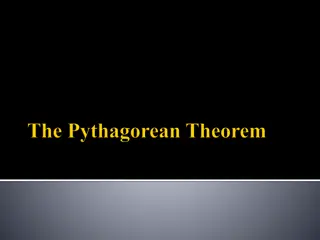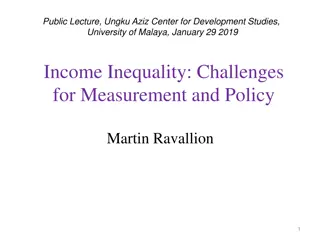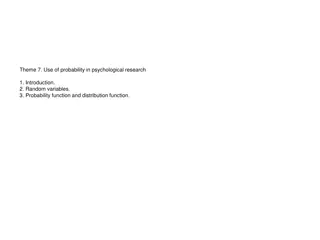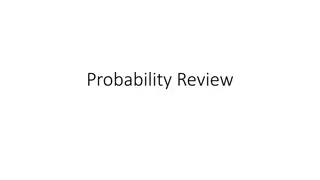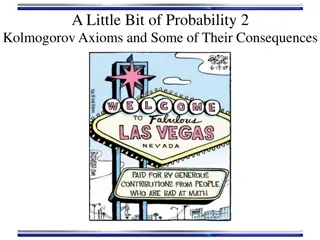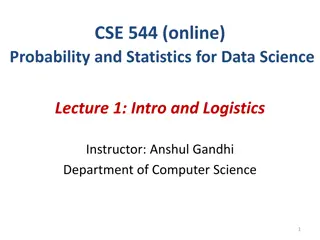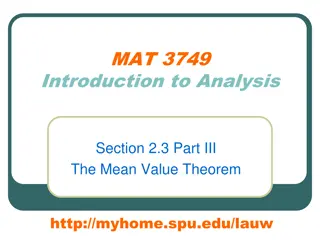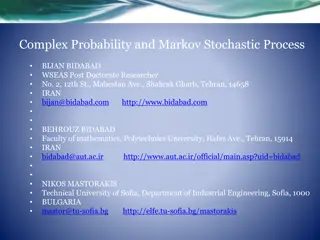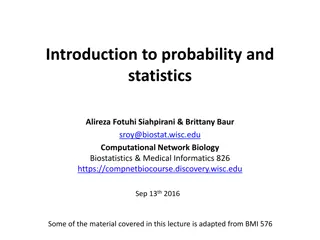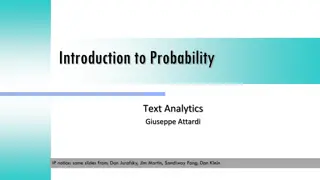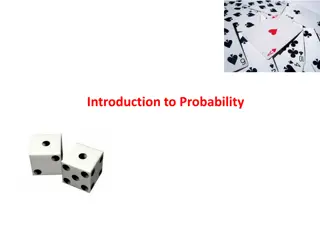Probability for Engineers: Chebyshev's Inequality & Central Limit Theorem
Chebyshev's Inequality, Markov's Inequality, and probability scenarios with coin flips, hat throwing, and consecutive heads. Understand the concepts of weak and strong law of large numbers in probability theory.
Download Presentation

Please find below an Image/Link to download the presentation.
The content on the website is provided AS IS for your information and personal use only. It may not be sold, licensed, or shared on other websites without obtaining consent from the author.If you encounter any issues during the download, it is possible that the publisher has removed the file from their server.
You are allowed to download the files provided on this website for personal or commercial use, subject to the condition that they are used lawfully. All files are the property of their respective owners.
The content on the website is provided AS IS for your information and personal use only. It may not be sold, licensed, or shared on other websites without obtaining consent from the author.
E N D
Presentation Transcript
ENGG 2760A / ESTR 2018: Probability for Engineers 11. Chebyshev s Inequality The Central Limit Theorem Andrej Bogdanov
Chebyshevs inequality For every random variable X and every t: P(|X | t ) 1 / t2. where = E[X], = Var[X].
Chebyshevs inequality For every random variable X and every t: P(|X | t ) 1 / t2. where = E[X], = Var[X].
a Markov s inequality: p.m.f. / p.d.f. of X 0 P( X a) / a. t + t Chebyshev s inequality: P(|X | t ) 1 / t2. p.m.f. / p.d.f. of X
Probability of 24 heads in 64 coin flips? Probability of 24 or 40 heads?
100 people throw their hats in the air. What is the probability at least 10 people get their hat back?
I toss a coin 1000 times. What is the probability I get 3 consecutive heads (a) at least 250 times (b) at most 50 times
X1,, Xn are independent with same PMF/PDF X = X1+ + Xn E[X] = Var[X] = P(|X | t ) 1/t2
The weak law of large numbers X1, , Xn are independent with same PMF/PDF = E[Xi] Var[Xi] < X = X1+ + Xn
X1, , Xnindependent Indicator(1/2) X1+ + Xn n n
The strong law of large numbers X1, , Xn are independent with same PMF / PDF = E[Xi],X = X1+ + Xn If E[Xi4] is finite then P(limn X/n = ) = 1
+0.4 -1 -0.4 -0.2 -1.4 -0.4 -2.6 -0.2 -0.4 +0.2 +0 -1.2 -1.2 52 45 48 49 43 48 37 49 48 49 50 44 44 X = Binomial(100, 1/2) = E[X] = = Var[X] =
X1,, Xn are independent with same PMF/PDF X1+ + Xn n with high probability Chebyshev s inequality P(|X1+ + Xn n| t n ) 1 / t2.
Xiindependent Indicator(1/2) X = X1+ + Xn n = 6 n = 40
Xiindependent Poisson(1) X = X1+ + Xn n = 3 n = 20
Xiindependent Uniform(0, 1) X = X1+ + Xn n = 2 n = 10
The central limit theorem X1, , Xn are independent with same PMF/PDF (Var[Xi] > 0) X = X1+ + Xn For every z (positive or negative): limP(X E[X]+ z Var[X]) = P(Z z) n where Z is a Normal(0, 1) random variable.
eventually everything is normal
Normal approximation of Binomial Binomial(n, p) Normal(np, np(1-p)) P(Binomial(n, p) t) P(Z t + 1/2)) P(Binomial(n, p) = t) P(t 1/2 < Z t + 1/2)
Probability of 24 heads in 64 coin flips? Probability of = 24 heads?
Toss a die 100 times. What is the probability that the sum of the outcomes exceeds 400?
lollipop $2 50 toffee $5 25 truffle $10 25 price % of sales 100 customers are expected. Estimate the probability that sales exceed $450
Approximations and limits method what you need weakness Markov s inequality one-sided, often imprecise E[X] only sometimes imprecise Chebyshev s inequality E[X] and Var[X] central limit theorem independence many samples estimate only
